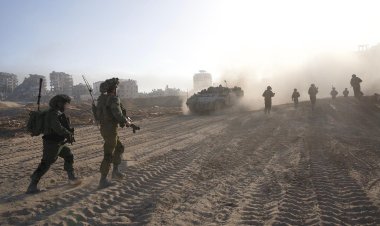Surprise.. 10 building violations will be legalized
(Article 2) of the draft Law on Reconciliation in Building Violations and Legalization of Conditions specifies that it is permissible for the competent administrative authority to reconcile in some building violations, which do not prejudice the structural safety of the building.
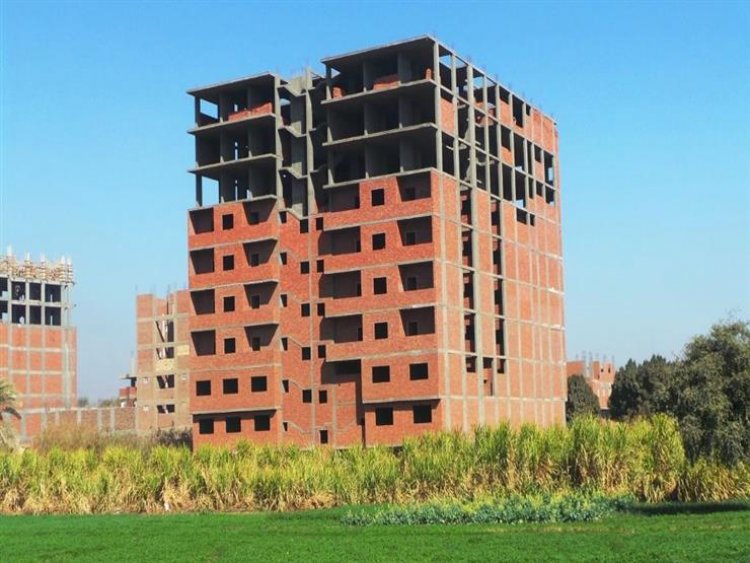
The Senate passed 10 final conciliation clauses for violations that were previously prohibited and can now be conciliated by law.
(Article 2) of the draft Law on Reconciliation in Building Violations and Legalization of Conditions specifies that it is permissible for the competent administrative authority to reconcile in some building violations, which do not prejudice the structural safety of the building, and legalize its conditions, and which were committed before the implementation of the provisions of this law, and in particular the following violations:
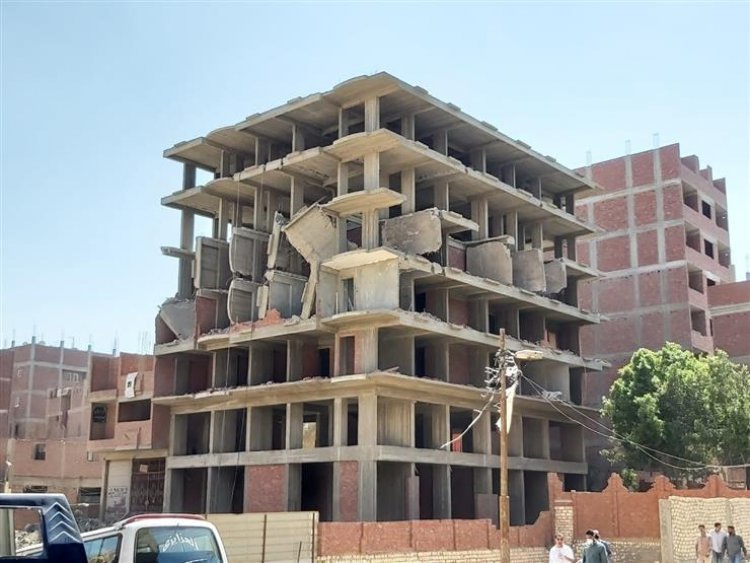
1- Changing usage in areas for which there are no approved detailed plans.
2- The encroachments on the approved planning lines, with regard to the encroachments that occur before the approval of the planning line, or on the planning streets that are not implemented on the ground, or on the planning streets that have access to less than 50% of the length of the street, with regard to the adjacent real estate.
3- Infringement of easement rights prescribed by law, on the condition of agreement between the applicant for reconciliation and the owners of easement rights, as indicated by the executive regulations of this law, and the violation of easement rights by all owners of agreement rights is excluded from the aforementioned agreement condition.
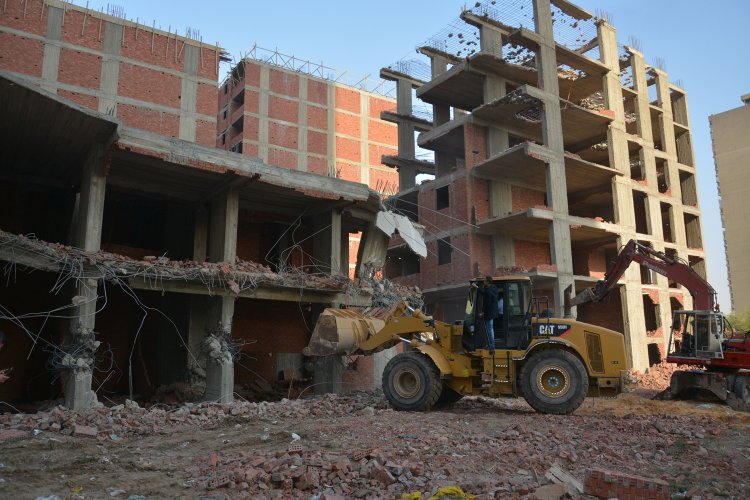
4- Violations committed against buildings and facilities of a distinguished architectural style stipulated in Article (2) of Law No. (144) of 2006 regarding the regulation of the demolition of buildings and facilities that are not prone to collapse and the preservation of architectural heritage.
5- Violations committed with real estate located within the borders of areas of distinguished value, which were determined by a decision of the Supreme Council for Planning and Urban Development.
6- Exceeding the height restrictions set by the Civil Aviation Authority.
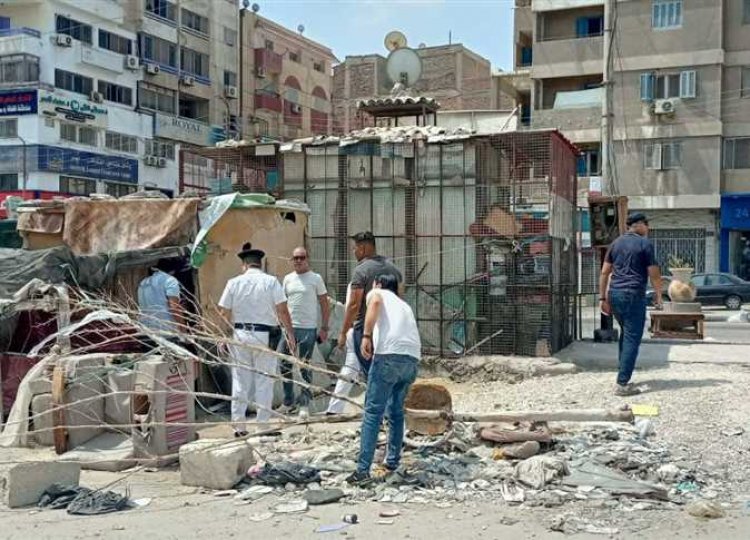
7- Building on lands owned by the state, when the person concerned submits a request to reconcile his situation in accordance with the law.
8- Changing the use of real estate in areas for which detailed plans approved by the administrative authority have been issued.
9- Building outside the approved urban enclave.
10- Private cemeteries built without a permit in other than public cemeteries, provided that they meet the conditions stipulated in the executive regulations of Law No (5) of 1966 regarding cemeteries.
The executive regulations of this law indicate the documents, controls, and other conditions that must be met to reconcile building violations, as well as the controls to ensure the structural integrity of the building.


 Shrouq
Shrouq 








